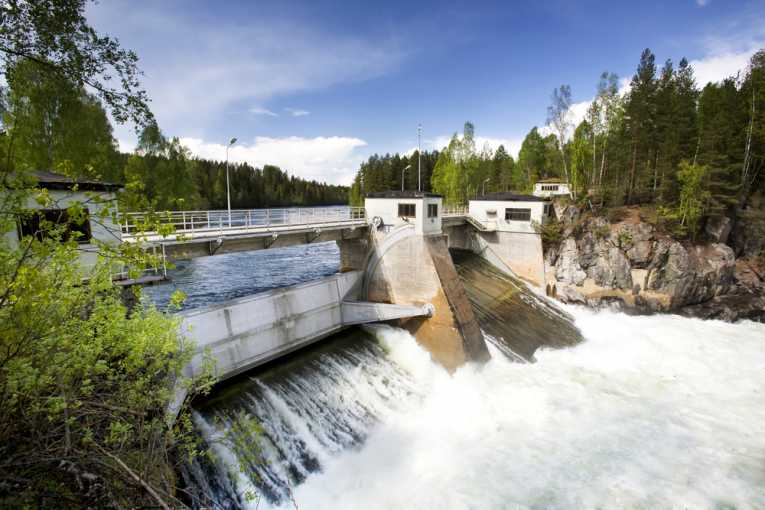Scotland can generate all its domestic electricity using renewable methods by 2020, the Government has confirmed. However, it will be challenge to reach the target and green energy generation will need to be supported by at least 2.5 GW from thermal power units that will be increasing their carbon capture and storage rates.
The Government also aims to completely remove carbon from electricity generation by 2030, under plans outlined in the Electricity Generation Policy Statement (EGPS), which has just been released.
Fergus Ewing, Scotland's Energy Minister, says, "We know there is doubt and scepticism about our 100 per cent renewables target, and the financial and engineering challenges required to meet it. But we will meet these challenges. I want to debate, engage and co-operate with every knowledgeable, interested and concerned party to ensure we achieve our goals."
The plans mean there will be no need to build any new nuclear power stations in Scotland. By generating energy through low carbon methods, not only will the environment benefit, but costs will fall. Customers can expect average household bills of around £1,285 in 2020, over £100 less than if the status quo continues, says the EGPS. Under the plan the electricity supply should be secure, affordable for customers and produce a competitive advantage for Scotland by delivering investments of up to £46billion.
Mr Ewing says Scotland is already a global leader in renewable energy and more can be achieved because of its expertise and natural resources.
"The prize at stake for the people of Scotland is huge, in terms of jobs, economic opportunities and lower electricity bills for all. I am determined to win that prize."
The policy document was welcomed by Scottish Power, Scottish & Southern Energy and the National Grid. In the linked Energy Generation Policy Statement, the Scottish Government said a change from fossil fuels to renewable energy was vitally important.
By 2020, the Government aims to support local and community ownership of at least 500 MW of renewable electricity and heat energy. It also plans to reduce final energy consumption in Scotland by 12% and complete full carbon capture and storage at power stations from 2025-30.
Any electricity generated over and above Scotland's needs could then be sold to the rest of the UK and across Europe.
Leading conservation body WWF says the plans are a major blow for a new coal-fired power station planned at Hunterston in Ayrshire.
Senior Climate Change Policy Officer at WWF Scotland, Dr Sam Gardner, says, "This policy makes clear that new coal has no place in Scotland's future electricity supply. This announcement represents another nail in the coffin for the massively unpopular plans by Peel Energy to build a new coal-fired station at Hunterston."
WWF Scotland also welcomed the use of renewables in improving energy efficiency, creating jobs, lowering household energy bills and generating extra investment.
In the related The Power of Scotland Secured document, green campaigners Friends of the Earth commissioned a report saying that by 2030 renewable methods could provide enough electricity for all of Scotland's energy needs plus 85% extra for export. It called on the Scottish Government to aggressively pursue and exceed the energy-saving targets in the Energy Efficiency Action Plan, to maximise benefits and reach the targets ahead of schedule.










